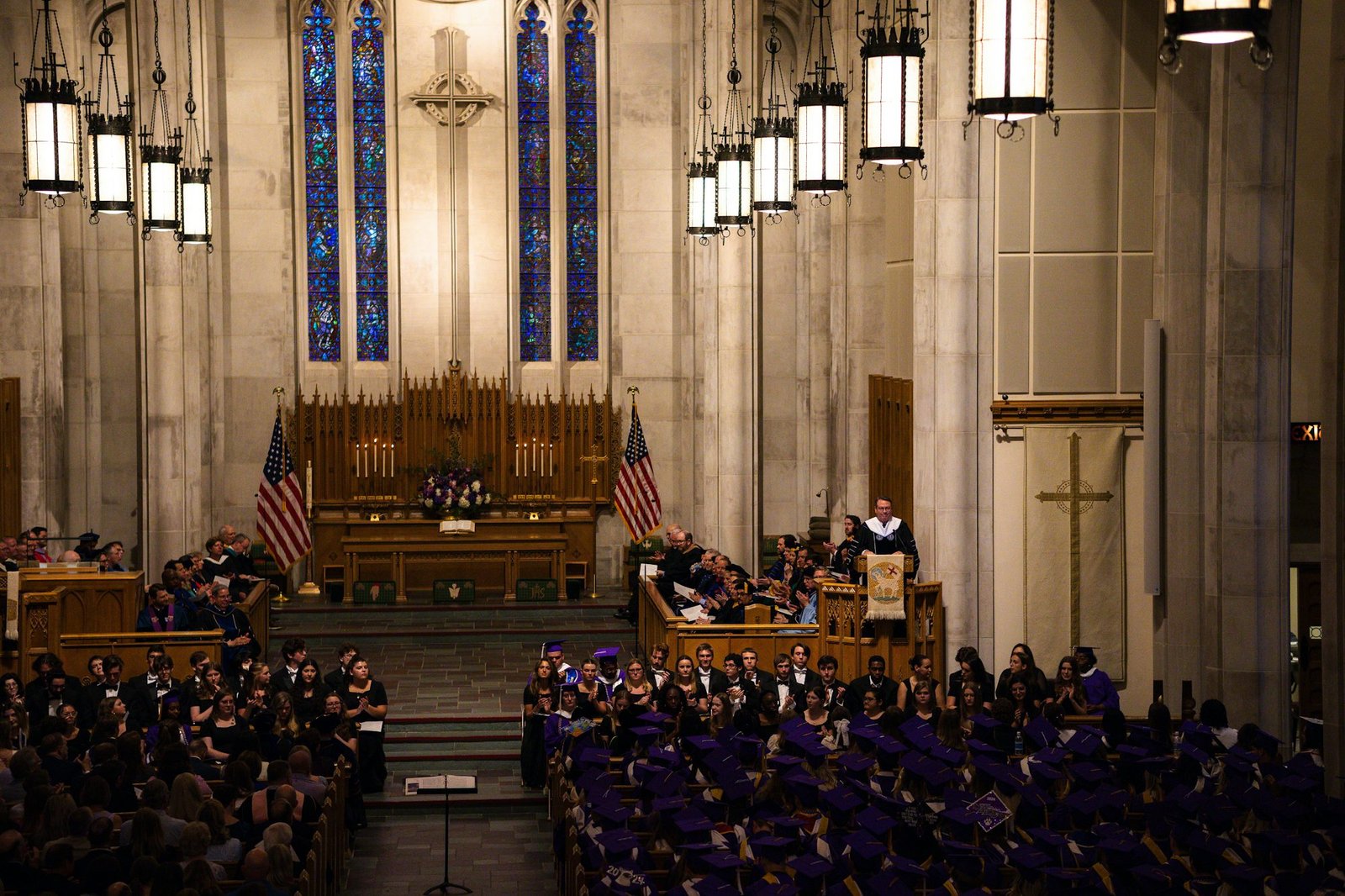lumirea.xyz
This article explores current Informal education trends in higher Online School education education Distance Higher education learning education, including technology integration, E-learning experiential Education learning, Digital learning and Formal education the shift toward interdisciplinary studies.
One of the most profound changes in higher education is the integration of technology. Online learning platforms have gained popularity, providing students with the flexibility to study from anywhere in the world. This shift has been accelerated by advances in digital communication tools, which facilitate interaction between students and instructors, even in remote settings. Institutions are increasingly adopting blended learning models, combining traditional in-person classes with online components to create a more engaging and adaptable learning experience.
Moreover, technology is not only changing how courses are delivered but also enhancing the content itself. Virtual reality (VR) and augmented reality (AR) are being used to create immersive learning experiences, allowing students to explore complex subjects in interactive ways. For instance, medical students can practice surgeries in a virtual environment before working with real patients, while architecture students can visualize Distance learning their designs in 3D. These technological innovations are making learning more dynamic and effective.
In addition to technology, there is a growing emphasis on experiential learning. Many universities are recognizing that hands-on experiences are crucial for student engagement and retention. Internships, co-op programs, and service-learning opportunities allow students to apply their knowledge in real-world contexts, bridging the gap between theory and practice. This approach not only enhances students’ understanding of their fields but also prepares them for the workforce by developing critical skills such as teamwork, problem-solving, and communication.
Experiential learning also fosters personal growth. Students often discover their passions and strengths through these experiences, leading to greater clarity in their career paths. By engaging with diverse communities and tackling real-world challenges, they cultivate empathy and a deeper understanding of societal issues. This holistic development is increasingly valued by employers, who seek graduates with both academic knowledge and practical skills.
Interdisciplinary studies are another trend gaining traction in higher education. As the world becomes more interconnected, complex problems often require collaborative solutions that draw on multiple fields of expertise. Universities are responding by breaking down traditional silos between disciplines and encouraging students to explore intersections between subjects. Programs that combine engineering and environmental science, for example, empower students to address climate change through innovative technological solutions.
This interdisciplinary approach also enriches the academic experience. Students are exposed to diverse perspectives, fostering creativity and critical thinking. They learn to appreciate the nuances of different disciplines, equipping them to tackle multifaceted challenges in their future careers. As industries evolve and new fields emerge, the ability to think broadly and collaborate across disciplines will be essential.
Inclusivity and accessibility are increasingly prioritized in higher education. Institutions are recognizing the importance of creating environments that support diverse learners, including those from underrepresented backgrounds. This commitment involves not only increasing access to higher education but also ensuring that all students feel welcome and supported once they arrive on campus.
Efforts to promote inclusivity include scholarships for low-income students, support services for first-generation college students, and initiatives to create more diverse faculty and staff. By fostering a sense of belonging, universities can enhance student success and retention. Additionally, accessible course materials and adaptive technologies are being implemented to accommodate students with disabilities, ensuring that everyone has the opportunity to thrive academically.
Another significant trend is the focus on lifelong learning. As the job market continues to evolve rapidly, professionals are recognizing the need to update their skills continuously. Many universities are responding by offering flexible programs designed for adult learners, including online courses, certificates, and micro-credentials. These options allow individuals to gain new skills and knowledge without committing to a full degree program.
Lifelong learning initiatives not only benefit individuals but also organizations seeking to remain competitive. Employers increasingly value employees who demonstrate a commitment to professional development. By supporting continuous education, organizations can cultivate a skilled workforce ready to adapt to changing demands.
Furthermore, the global perspective in higher education is becoming more pronounced. With an increasing number of students studying abroad and institutions forming international partnerships, a global outlook is essential for preparing students to navigate an interconnected world. Programs that emphasize cross-cultural understanding and global citizenship help students appreciate diverse viewpoints and develop the skills needed to collaborate effectively across borders.
In this context, language acquisition is also being prioritized. Many universities are offering language programs that prepare students to communicate in an increasingly multilingual world. Language skills not only enhance employability but also enrich students' cultural experiences, making them more adaptable in diverse settings.
The integration of sustainability into higher education is another critical trend. As awareness of environmental issues grows, universities are taking steps to minimize their ecological footprint and prepare students for careers in sustainability. From E-learning implementing green campus initiatives to offering programs focused on environmental science and sustainable business practices, institutions are fostering a culture of sustainability that aligns with the values of today’s students.
Moreover, many universities are incorporating sustainability into their curricula, encouraging students to think critically about their impact on the environment. This emphasis on sustainability not only prepares graduates for careers in emerging green industries but also instills a sense of responsibility toward the planet.
As higher education continues to evolve, the importance of adaptability cannot be overstated. Institutions must remain responsive to the changing needs of students, employers, and society as a whole. This agility requires not only innovative curriculum development but also a commitment to fostering a culture of Education continuous improvement.
In conclusion, the future of higher education is being shaped by a variety of trends that emphasize technology integration, experiential learning, interdisciplinary studies, inclusivity, lifelong learning, global perspectives, and sustainability. By embracing these changes, universities can create enriching educational experiences that prepare students to thrive in a complex and ever-changing world. As we move forward, the role of higher education in fostering informed, skilled, and compassionate individuals will remain paramount.